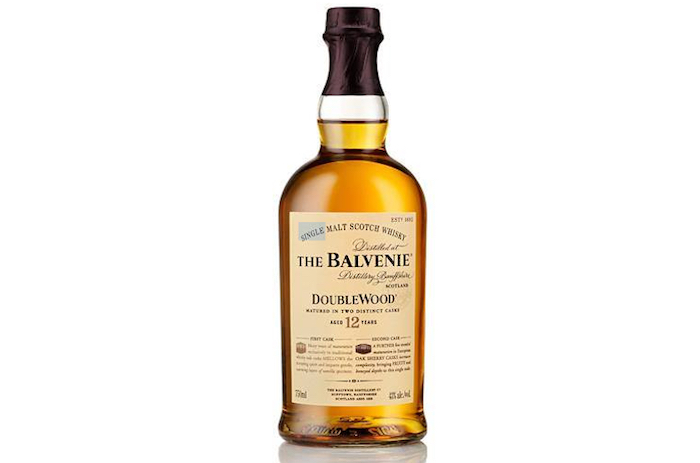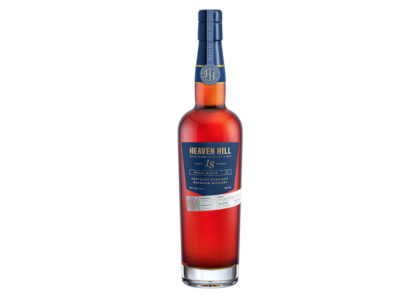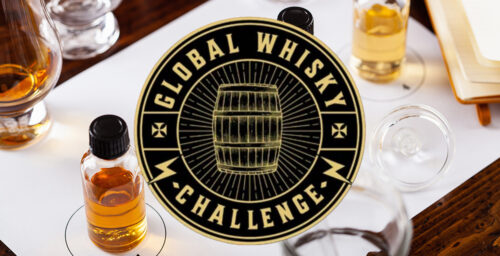Editor’s Note: This whisky was provided to us as a review sample by the party behind it. This in no way, per our editorial policies, influenced the final outcome of this review. It should also be noted that by clicking the buy link in this review our site receives a small referral payment which helps to support, but not influence, our editorial and other costs.
Balvenie 12-year-old is what I affectionately refer to as a workhorse whisky. It’s generally considered an entry level whisky to the Balvenie range of aged Scotch. Ideally, an entry whisky should provide an insight into what the older profiles might taste like and critically allow you to decide if investing in older expressions is for you.
Balvenie was founded in 1892 by William Grant. Grant learned to distill while working as a bookkeeper at the Mortlach distillery, before starting his own distillery. On May 1, 1893, the Balvenie distillery began operation in their new home at Balvenie New House. The core range for Balvenie includes 12, 14, 17, and 21 year age statements. The 12 and 17 are both DoubleWoods, but the 14 is a Caribbean cask; the 21-year-old Scotch is aged in Port Wood. Balvenie is owned by William Grant & Sons ,who also own several other distilleries, notably Glenfiddich.
Launching in 1993 and ultimately replacing the Balvenie 12-year Signature, the DoubleWood has become a favorite among casual Scotch drinkers. The name “DoubleWood” comes from the double finishing, more commonly referred to as “wood finishing”. The whisky starts in ex-bourbon barrels and hogsheads (a barrel of reused staves but with new oak ends), before being finished in ex-Oloroso sherry casks for an additional 9-months.
Balvenie is a Single Malt Scotch whisky, which means a single distiller and malted barley. Scotch whisky is regulated under the United Kingdom’s Scotch Whisky Regulations. Balvenie is what’s known as a Speyside style whisky. There are five distinct regions for Scotch production, though many enthusiasts will insist there are sub-regions within each region. The five main regions are: Highland, Lowland, Campbelltown, Speyside, and Islay.
The Speyside region is identified by the area around the River Spey in Moray and Badenoch and Strathspey in northeastern Scotland. More critically, Speyside is a “protected region” under the UK Scotch Whisky Regulation. Something unique is the Speyside region is encompassed entirely by the Highland region, and therefore a Speyside is legally allowed to classify itself as either a Speyside or Highland if it wishes. The reverse is not applicable.
As an entry level expression it’s important to understand, from this reviewer’s perspective, the whisky should give you a glimpse into what the distillery can do. 12 years, for a scotch, is relatively young. Scotch is often aged in what are known as dunnage rack houses. Dunnage warehouses are low-rise stone or brick buildings with earthen floors. Casks are simply stacked on top of one another, with a maximum capacity of three high, or with the use of a dunnage rack.
By comparison a bourbon uses a racked warehouse, which can exceed 9 stories with barrels stacked on rails. The difference in barrel type and rickhouse means, among additional reasons, that Scotch matures slowly compared to its American counterpart. All this is to say a 12-year Scotch is just the beginning of what the distillery can offer.
With that, we turn to the glass.

Tasting Notes: Balvenie 12-Year DoubleWood
Vital Stats: 12-year Speyside Scotch Whisky, SRP $54.99; 40% ABV; ages in ex-bourbon barrels and hogsheads (a barrel of reused staves but with new oak ends), before being finished in ex-Oloroso sherry casks for an additional 9-months.
Appearance: A copper penny.
Nose: The nose greets you with sweet peat, flowers and a touch of alcohol. Successive nosing I found apple juice and almonds.
Taste: Smoke, with a faint hint of dark chocolate dipped cherries, pecans, and salt brine. The taste isn’t overly expressive; however, the flavors were easy to decipher. The finish was a medium length with a slight burn in the throat leading to a warming of the chest. It had a drying effect on the mouth but remained pleasant.









